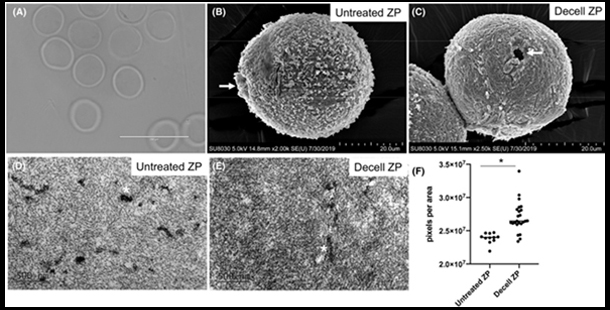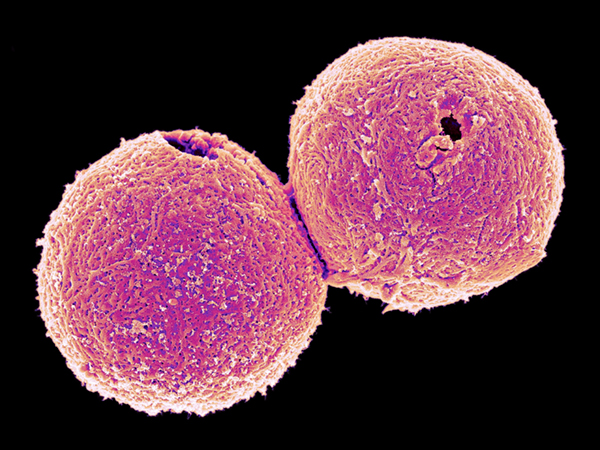Eric W. Roth, BioCryo EM Specialist, Co-Authors Fertility Research!
There are a multitude of medical treatments, illnesses, environmental factors, and personal biology that can affect fertility in men, women, and children. The field of fertility preservation continues to grow and develop various strategies to combat the fragile biological balance needed to ensure the next generation. “In general, fertility preservation approaches for males are considered simpler than for females because large numbers of spermatozoa are present in the ejaculate of healthy males, and it is relatively straightforward to obtain and freeze spermatozoa in comparison to harvesting and freezing eggs” co-authors Roth, Lee, Balough, Vaccari, and Duncan explain. “However, fertility preservation in males with conditions of extremely low numbers of germ cells is more complex.” That is why this new research into ways to safely store and recover spermatozoa is so exciting!
An excerpt from the newly published research article in the Wiley Online Library states:
“The goal of this study was not to develop a method to improve standard cryopreservation procedures but rather to create a system that is effective for storing and recovering extremely limited numbers of spermatozoa;” as well as “to apply the decellularization process to the mammalian zona pellucida for the first time to generate a purified scaffold that can be used for the reliable, efficient, and effective cryopreservation, storage, and recovery of spermatozoa. . . .”


Colorized Decelled ZP; Photo credit: Eric W. Roth, BioCryo EM Specialist, NUANCE Center
In addition, an unexpected byproduct of study into this “biological container” that was originally intended for clinical fertility preservation, is that this same method can also be applied in the area of conservation when “there may be limited numbers of spermatozoa available from endangered species.” How thrilling it must be to be a part of a team where your research can have such a far-reaching impact!
Be sure to read the full publication for all the breakthrough details!
